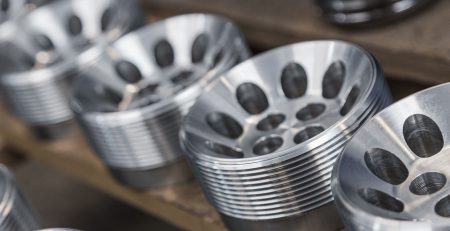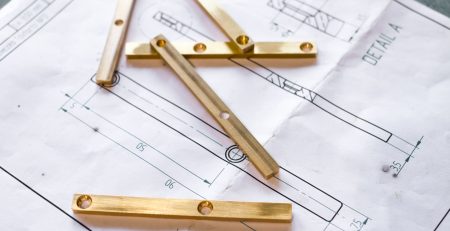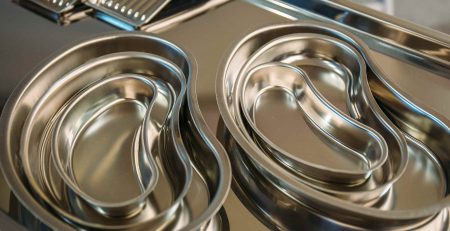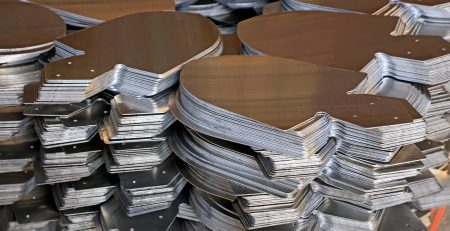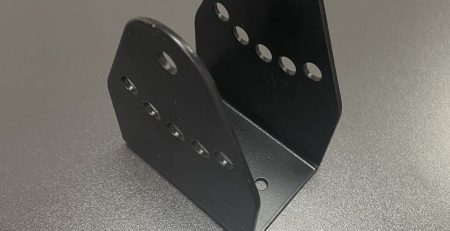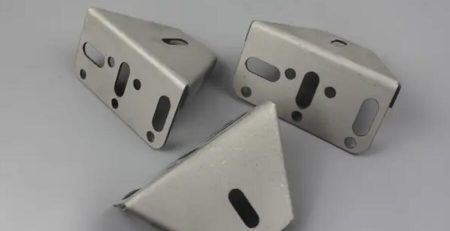Metal Stamping – Meaning and Types
Today, many industries have requirements for complex metal structures or finished metal parts to manufacture their components. These requirements are on the rise across various types of industries like automotive, aviation, medical, engineering, food processing and more. The raw materials for making these complex metal structures are flat metal sheets. The process in which these sheets are converted into different shapes of finished metal products is called metal stamping. Thanks to the increase in the requirement for these metal parts, you will see a considerable increase in the number of metal stamping service providers across the globe today.
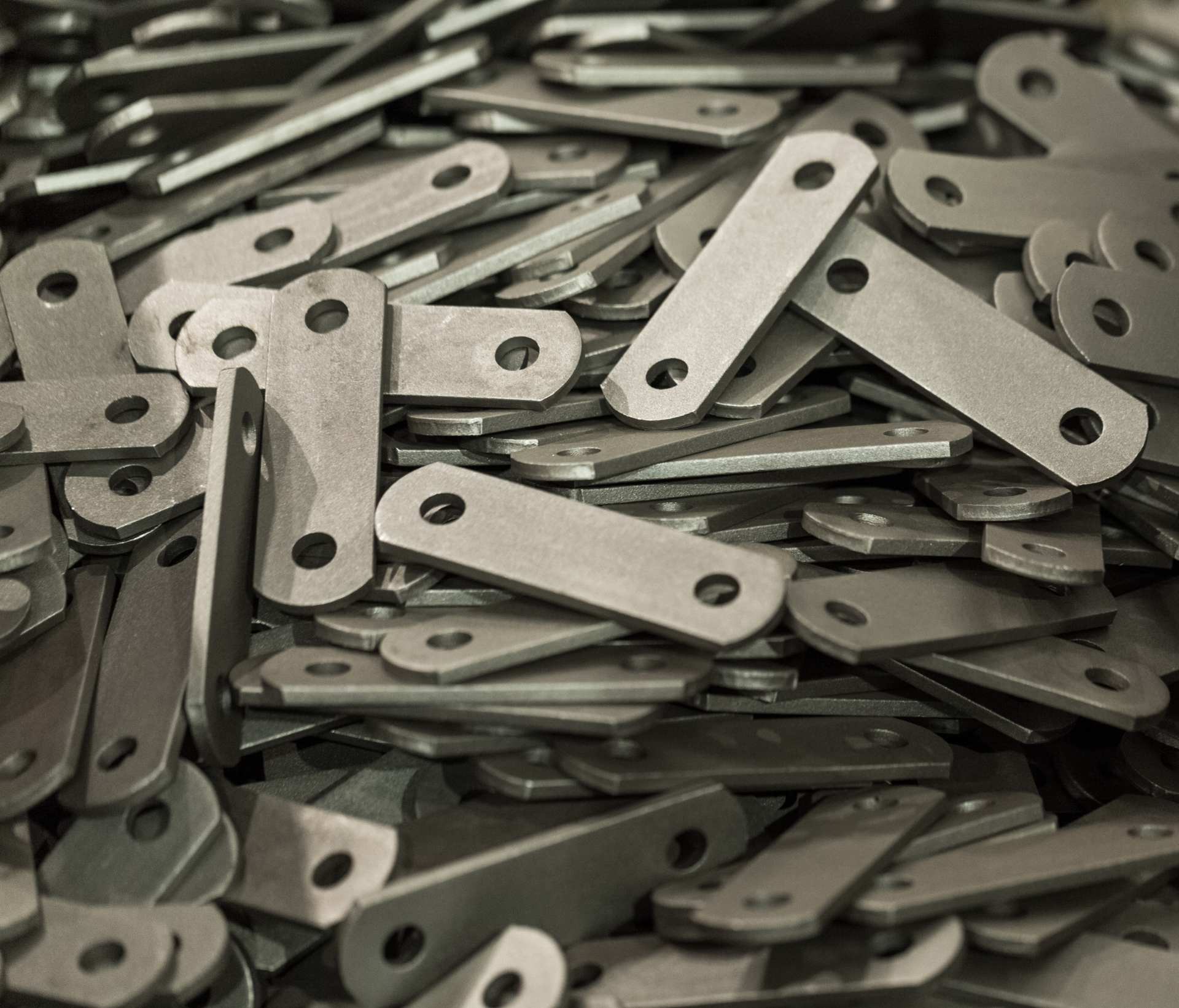
What do metal stamping service providers do?
Metal stamping service providers use sophisticated tools to make different shapes and designs from raw metal sheets, as per the requirements of their clients. The sheets go through a series of processes like blanking, bending, punching and more before they take the shape of the final metal structures.
A brief overview of the metal stamping process
Most metal stamping service providers follow these procedures to convert the raw metal into the finished metal product. There may be some modifications to the basic process in order to customize the product based on clients’ requirements; however, the steps remain the same in most types of companies. These steps are:
- The metal stamping press is a mold-like thing where the raw metal or metal stamping blanks are placed. This first method is called pressing because the sheet metals are pressed well into the metal stamping press in a coiled or blank form.
- Inside the metal stamping press, you can find some tools and die surfaces. These act on the metal stamping blanks or coils placed inside the press to cut and design them into the required shapes. The most important techniques used for converting the blanks into the finished products are punching, blanking, bending, coining, embossing and flanging.
- The tools inside the press use advanced design techniques like CAD or CAM to ensure perfection and accuracy in every curvature and bend of the final part metal manufactured. These are complex processes; hence, in most industries this is the job of engineering experts. A slight mistake in this process will definitely impact the final quality of the finished metal product, leading to financial loss and loss of reputation for the metal stamping service provider.
- After the designs and tooling are formed correctly, the company follows various other methods like machining to reach the final stage of production. These finishing techniques will vary based on the requirements of the client.
Techniques for which a metal stamping press is used for
Here is a brief overview of the techniques used by metal stamping service providers to convert the metal stamping blanks into the desired shapes. A metal stamping press is used for the techniques involved in this conversion. Here is a brief description of these techniques to give you a better idea of how metal stamping presses work:
- Punching – Using a die for perforating the metal stamping blanks
- Blanking – Getting the outline or rough shape of the product right to avoid burrs
- Embossing – Used for creating raised or indented designs on the sheet metal
- Coining – Used for the same purpose as embossing, but the sheet metal comes with stamping on both sides before raised or indented designs are created on it
- Bending – Using press brakes to get the perfect curvature when the metal has to be bent into a U or V shape
- Flanging – Used for creating rims all over the holes, by bending the edges of the sheet metal near the holes at a perfect 90 degrees
Metal Stamping Press – Types used commonly
By now, you would have known that a metal stamping press is one of the most important tools used by metal stamping service providers, as it helps to press and fold the sheet metal in different shapes. Some of the common types of metal stamping presses used today are:
Single-acting presses – These contain a single ram, and they perform one operation at a time. The ram located at the top of the press helps to trigger motion when the sheet metal is compressed against the die surface.
Double-acting presses – These have two rams, and they can perform two operations at a time. Here, one of the rams is used for holding the metal stamping blanks, while the other is used for punching or stamping.
Mechanical metal stamping press – Usually used for creating shallow or simple metal structures, the mechanical press contains a motor at its mechanical flywheel to create varying speeds consistently. Their pressing speed is between 20 and 1500 strokes per minute, while their sizes can vary between 20 and 6000 tons!
Hydraulic metal stamping press – Here, hydraulic liquid at high pressure is used for applying force on the sheet metal to create the necessary shapes. Their sizes can vary between 20 and 10000 tons, and they come with adjustable features for strokes and speeds.
Mechanical Servo Presses – These are faster than hydraulic presses, as they use mechanical motors in place of flywheels. They come with controllable and fully-programmed stroke, speed and slide features.
Types of Metal Stamping Processes
Metal stamping service providers usually follow one of these stamping processes to deliver finished metal parts to their clients.
- Progressive Die Stamping – Used for creating uniform, repeated and complex metal parts, this one involves passing sheet metals through a sequence of stations, with each station performing a function.
- Fourslide Stamping – Used for projects that have many bent or curved parts, this process involves the use of four tools to bend the sheet metal simultaneously.
- Deep Draw Stamping – Used generally for creating parts with great depths like the ones you see in automotive and aviation industries, this process makes use of a punching technique to make the blanks react with the die surface.
- Transfer Die Stamping – Usually used for making large parts, this is similar to progressive die stamping, but the parts get transferred from one station to the other with the help of a mechanical conveyor belt.
- Short Run Stamping – This is a fully customized process that uses tools and die-inserts to create the required bends, drills and punches on the finished metal parts. This is greatly useful for creating small-scale finished metal parts.

